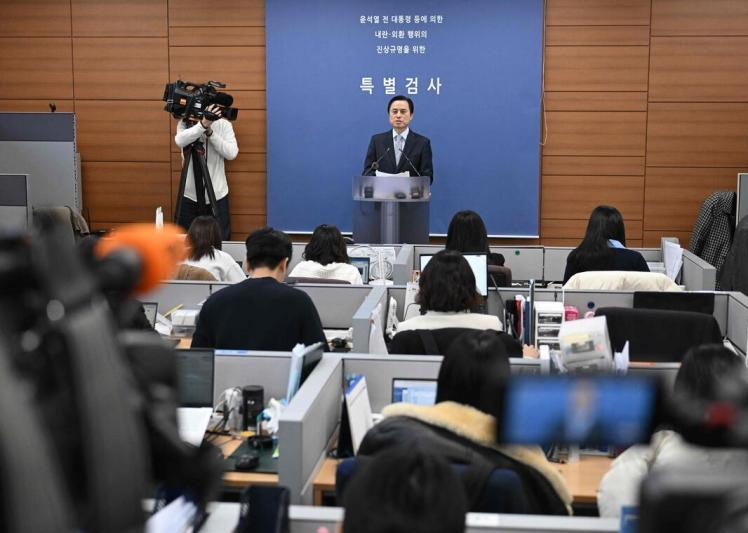
Credit scoring company VantageScore's latest report reveals a disturbing trend: even among the highest-scoring American consumers, delinquency rates are rising significantly. This signal serves as a warning, signaling the potential for a deterioration in the overall financial situation in the United States. Data shows that the rate of delinquencies exceeding 90 days for super-prime creditors surged 109% year-over-year, while that for prime creditors rose 47%. This unusual phenomenon reflects the grim reality of the US economy under continued pressure from high inflation and high interest rates, and suggests that economic risks are spreading from vulnerable groups to a wider range of consumers.
VantageScore Chief Economist Rickard Bandebaugh noted that the largest increase in delinquency rates occurred among the highest-scoring groups. While the absolute figures are not alarming, the surge in relative proportions is a significant warning of risk. This phenomenon stems from the conflict between the steep rise in debt costs and sluggish income growth in a high-interest environment. The Federal Reserve has maintained high interest rates for three consecutive years to curb inflation, significantly increasing the interest burden on floating-rate debt. For example, the annual interest rate on credit card installments has exceeded 20%, approaching historical highs. While credit is more readily available to individuals with good credit, once debt reaches a critical point, the "interest snowball" effect of high interest rates can rapidly erode their ability to repay.
The repayment difficulties faced by those with good credit will trigger a chain reaction across the economy. First, consumer spending could slow significantly. If consumer demand, the pillar of the US economy, continues to weaken, it will directly drag down economic growth. Walmart's rising market share confirms a trend of consumption downgrade—affluent consumers are turning to lower-priced retail channels due to tariff concerns and rising prices, suggesting a decline in spending power. Second, financial institutions face pressure from deteriorating asset quality. Rising credit card write-off rates at banks like Capital One indicate increasing credit losses, potentially forcing banks to tighten lending standards and creating a vicious cycle of "credit tightening, declining consumption, and economic slowdown."
A more profound risk is that debt pressure could trigger systemic financial risks. If an economic recession or rising unemployment occurs, the debt repayment ability of highly leveraged consumers will deteriorate rapidly, and a wave of defaults could spread to core asset classes such as mortgages. A New York Federal Reserve report warns that student loan delinquencies, which were temporarily suspended during the pandemic, will peak in 2025, further driving up delinquency rates. Historical experience shows that debt crises often spread from marginalized groups to core groups, and the current rise in delinquencies among creditworthy groups is a key signal of risk transmission.
The key challenge facing the US economy lies in policy balancing: the Federal Reserve must find a path between curbing inflation and avoiding a hard landing. Consumer confidence continues to weaken due to inflation concerns, and pessimism about the economic outlook persists. A Federal Reserve survey shows that while 73% of adults report a fair financial situation, this is down from the pre-pandemic peak, and only 29% rate the economy "good." Housing affordability and rising commodity costs remain challenges.
If policies fail to effectively mitigate inflation and interest rates remain high, financial pressures on creditworthy individuals will continue to accumulate. Structural reforms are also urgent: issues such as sluggish income growth, debt-dependent consumption patterns, and inadequate social security require a combination of policies to address them. Otherwise, current localized risks could escalate into broader economic turmoil, threatening the long-term resilience of the US economy. Creditworthy consumers are beginning to default on their loans, an unnatural phenomenon that has shattered the veneer of stability emanating from the US economy. This phenomenon is not only a direct consequence of high inflation and high interest rates, but also a warning sign of widespread economic vulnerability. From credit cards to auto loans, from consumer downgrades to the risk of a credit crunch, a series of chain reactions are gradually emerging. The timeliness and effectiveness of future policy adjustments will determine whether the US can avoid debt pressure triggering a deeper economic crisis. This "backlash" in financial health will ultimately serve as a litmus test for the resilience of the US economy and the wisdom of its policies.

YTN TV of South Korea reported on Tuesday (December 16) that the South Korean court plans to make a ruling on the charges of former President Yoon Suk Yeol for obstructing justice on January 16, 2026.
YTN TV of South Korea reported on Tuesday (December 16) tha…
On December 7, a new round of intense military conflict bro…
Recently, US media disclosed that the Pentagon is planning …
From three launch failures and a brush with bankruptcy to n…
Recently, a major piece of news has emerged in the US polit…
Against the backdrop of the Federal Reserve's third rate cu…